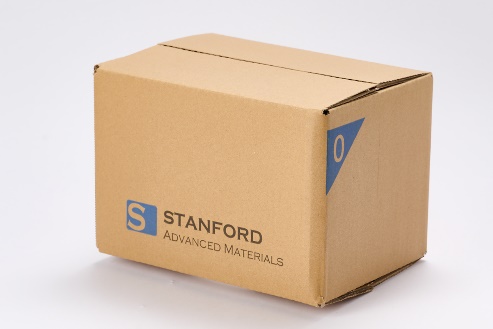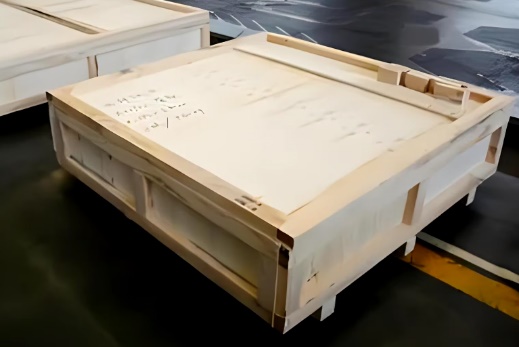LiFePO4 Double-Side Coated Aluminum Foil Description
LiFePO₄ (LFP) Double-Side Coated
Aluminum Foil is an advanced cathode material used in lithium-ion batteries,
where lithium iron phosphate is uniformly coated on both sides of a high-purity
aluminum foil current collector. This double-sided coating maximizes the active
material loading per unit area, improving the energy density and overall
performance of the electrode compared to single-sided coatings. The robust
olivine structure of LFP ensures excellent thermal and chemical stability,
which greatly enhances battery safety by minimizing risks of overheating and
thermal runaway.
The consistent coating on both
sides provides balanced electron conduction and ion transport, leading to
stable cycling performance and high rate capability. LFP cathodes exhibit a
nominal voltage around 3.2 to 3.4 volts versus Li/Li⁺, with a flat discharge
curve that ensures reliable power delivery over long cycle life. This makes
them ideal for applications that require durability and safety, including
electric vehicles, renewable energy storage, and portable electronics.
The manufacturing process involves
preparing a slurry of lithium iron phosphate powder mixed with conductive
carbon additives and a polymer binder dissolved in a suitable solvent. This
slurry is coated on both sides of aluminum foil using precise coating
techniques such as slot-die or roll-to-roll coating. After drying and
calendaring, the foil is slit or cut into specific sizes, ready for integration
into battery cells. This product is widely used in battery R&D,
prototyping, and scalable manufacturing.
LiFePO4 Double-Side Coated Aluminum Foil Applications
1. Electric Vehicles (EVs): Used in battery packs requiring
high safety, long cycle life, and reliable energy density.
2. Energy Storage Systems (ESS): Ideal for renewable energy
storage, grid stabilization, and backup power solutions.
3. Portable Electronics: Suitable for laptops, tablets, and
power tools needing durable and safe battery cathodes.
4. Electric Bicycles and Scooters: Provides consistent power
and longevity for light electric mobility devices.
5. Industrial Equipment: Powers tools and machinery where
reliable and stable energy output is essential.
6. Battery Research and Development: Used extensively in
labs for testing and prototyping of advanced lithium-ion batteries.
7. Medical Devices: Offers safe, long-lasting power sources
for critical healthcare equipment.
LiFePO4 Double-Side Coated Aluminum Foil Packaging
Our products are packaged in customized cartons of various
sizes based on the material dimensions. Small items are securely packed in PP
boxes, while larger items are placed in custom wooden crates. We ensure strict
adherence to packaging customization and the use of appropriate cushioning
materials to provide optimal protection during transportation.


Packaging: Carton, Wooden Box, or Customized.
Kindly review the packaging
details provided for your reference.
Manufacturing Process
1. Testing Method
(1) Chemical Composition Analysis - Verified using techniques
such as GDMS or XRF to ensure compliance with purity requirements.
(2) Mechanical Properties Testing - Includes tensile strength,
yield strength, and elongation tests to assess material performance.
(3) Dimensional Inspection - Measures thickness, width, and
length to ensure adherence to specified tolerances.
(4) Surface Quality Inspection - Checks for defects such as
scratches, cracks, or inclusions through visual and ultrasonic examination.
(5) Hardness Testing - Determines material hardness to confirm
uniformity and mechanical reliability.
Please refer to the SAM testing procedures for detailed information.
LiFePO4 Single-Side Coated Aluminum Foil FAQs
Q1. What advantages does double-side coating provide over
single-side coating?
Double-side coating increases active material loading per
area, enhancing energy density and improving electrode performance.
Q2. What is the typical voltage of LiFePO₄ cathodes?
The nominal voltage is about 3.2 to 3.4 V versus Li/Li⁺,
with a stable and flat discharge profile.
Q3. Why is aluminum used as the current collector?
Aluminum offers excellent conductivity, corrosion
resistance, and lightweight properties ideal for cathode support.
Related Information
1. Common Preparation Methods
The preparation of LiFePO₄
Double-Side Coated Aluminum Foil starts with mixing lithium iron phosphate
powder, conductive additives such as carbon black, and a polymer binder like
polyvinylidene fluoride (PVDF) dissolved in a solvent such as
N-methyl-2-pyrrolidone (NMP) to form a uniform slurry. This slurry is then
evenly coated onto both sides of high-purity aluminum foil using precise
coating techniques like slot-die or roll-to-roll coating. After coating, the
foil undergoes drying processes to remove the solvent and solidify the active
material layers. The dried foil is subsequently calendared to enhance its
density, mechanical strength, and electrochemical performance. Finally, the
coated foil is slit or punched into desired sizes for use in lithium-ion
battery cell assembly, research, or production. Throughout the process, strict
quality control ensures coating uniformity, adhesion, and material consistency.